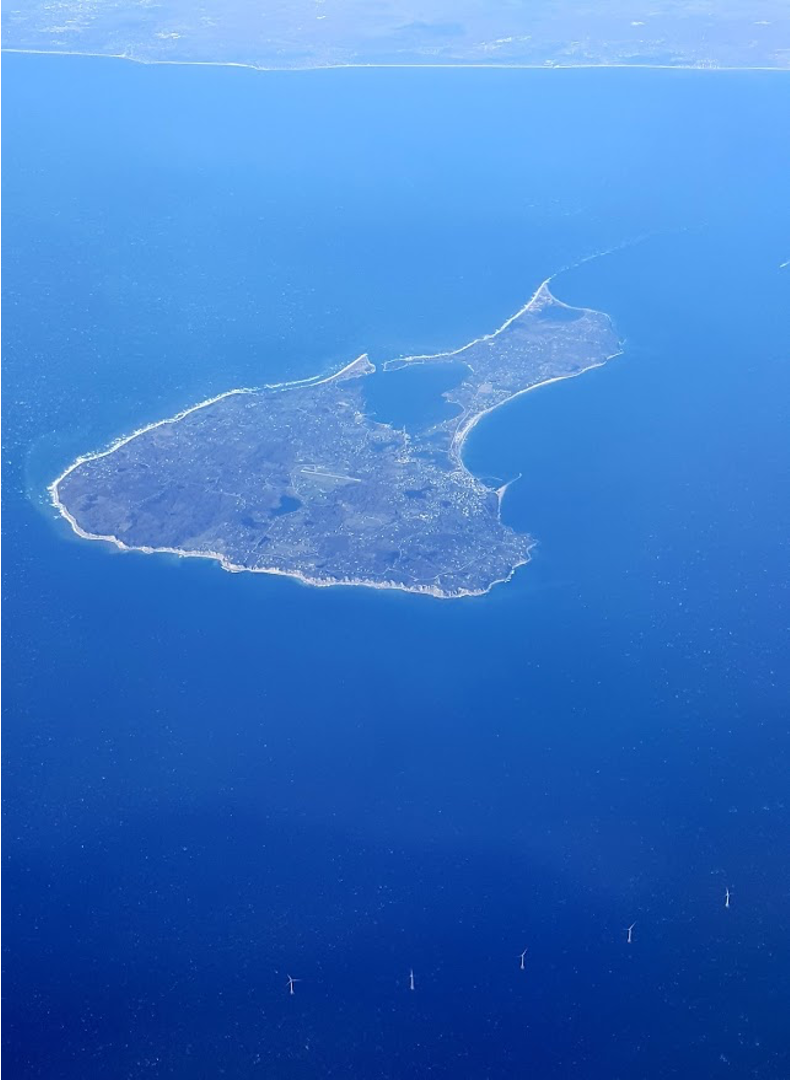Two URI researchers— David Robinson (Marine Archaeologist) and John King (Emeritus Professor of Oceanography) worked alongside the Narragansett Indian Tribal Historic Preservation Office to develop a set of best practice protocols for identifying and protecting ancient Native sites on the Continental Shelf. Known as drowned sites, these areas were submerged by rising sea levels over the last 16,000 years.
This research was funded by the Bureau of Ocean Energy Management (BOEM) as they are the federal agency responsible for the regulation and overseeing of safe and environmentally-responsible offshore renewable energy development. Approximately 11,000 years ago, one could walk across the Continental Shelf from mainland Rhode Island to Block Island. So, the question is asked— how is offshore renewable energy responsibly developed when seafloor disturbance could potentially impact a cultural resource that is relevant to the coastal tribes?
The video below describes the project goals, methodology and findings. Explore the studies here.

